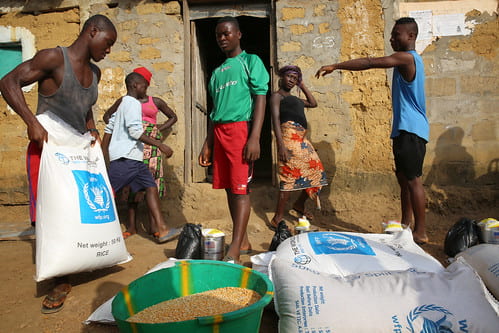
As of 2022, Kenya’s poverty rate has risen to 39.8%, meaning over 20 million individuals are unable to meet the overall poverty line threshold. This marks an increase from 33.6% in 2019, highlighting the growing economic challenges faced by the nation.
The COVID-19 pandemic has significantly impacted Kenya’s economy, leading to business closures, job losses, and increased food prices. These factors have exacerbated poverty levels, with the number of people living in extreme poverty—defined as living on less than $1.90 per day—rising to over 7.8 million in 2021.
Food insecurity remains a pressing issue, with approximately 7.9 million Kenyans lacking sufficient food for consumption as of November 2021. This situation has led to chronic malnutrition among over a quarter of children under five years old, and acute malnutrition affecting 4.2% of children in the same age group.
In response to these challenges, the Kenyan government has introduced a new budget law aimed at addressing the country’s growing debt. However, the law includes significant tax increases, such as a 16% VAT on bread and a 2.5% annual tax on private vehicles, which have been met with public outcry. Protests erupted on June 25, 2024, with demonstrators storming the parliament in Nairobi, leading to at least five deaths and widespread unrest.

The government’s perceived lavish spending, including extensive renovations of the State House and the use of expensive private jets for state trips, has further fueled public resentment. The protests have been notably driven by a digitally-informed and mobilized youth, representing a significant generational shift in political activism.
Addressing the rising poverty and food insecurity in Kenya requires comprehensive strategies that consider the economic, social, and political factors contributing to these issues. Efforts to reduce poverty are essential for enhancing food security and improving the overall well-being of the Kenyan population.

GIPHY App Key not set. Please check settings